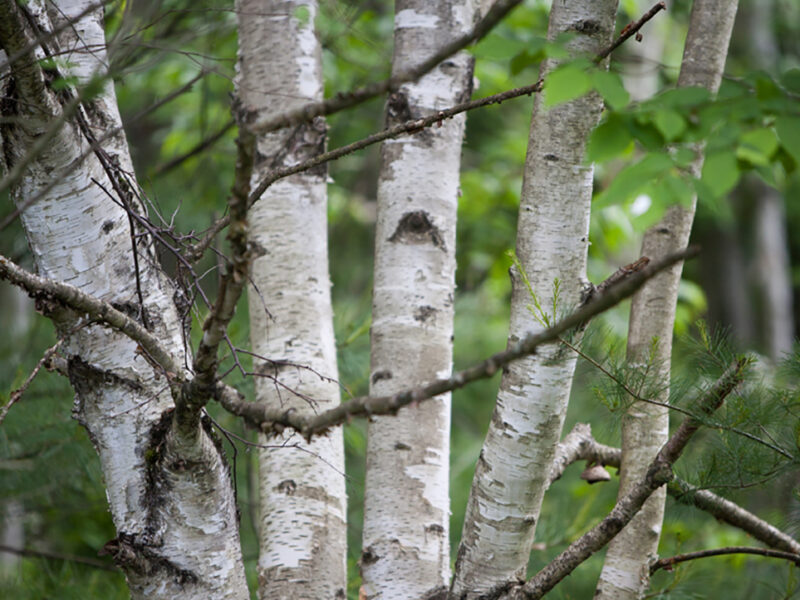Nature
Can I Have My Roses and Pollinators Too?
By Christine March, Master Gardener, SCMG
Recently I joined both the Huronia and Canadian Rose Societies – and immediately felt guilty for doing so.
With the planet in such peril, with what we know about climate change, and the impact invasive species are having on our planet; with the steep decline in bird, insect, amphibian, reptile, and fish populations, who am I to indulge in something as trivial as growing roses?
Am I a selfish monster who hates humanity? (Spoiler Alert: No I am not.)
Gardening has changed over the centuries. Throughout history, pleasure gardens were reserved for the wealthy elites whereas, for the majority of the population, gardening was about providing food and medication for the family and community.
What we planted, why we planted, and how we tended those plants has certainly changed over time. We are mindful of the link between the planet’s well-being and our own. We have come full-circle from our ancestors and are gardening for survival.
A 2020 report in the journal Science states that 3 billion birds have disappeared in North America since 1970. Professor Jeremy Kerr of the University of Ottawa says that most insect declines observed in Canada occur “at the intersection of habitat loss and climate change.” One of the primary factors causing bumblebee decline in Canada, according to conservation scientist, Sheila Colla of York University, is climate change.
And gardeners have rallied to the cause. We are using fewer chemicals. (No more “Better Living Through Chemistry.”). We are avoiding invasive species, and adding more native plants to our gardens.
And yet some gardeners feel the push and pull of conflicting needs. The new gardening ethos seems to be “plant for purpose, rather than beauty” which begs the question: can we be part of the solution to the planet’s many environmental woes, and also grow flowers simply for the joy their beauty gives us?
Well, as it happens, yes we can.
Doug Tallamy is the TA Baker Professor of Entomology and Wildlife Ecology at the University of Delaware. Tallamy is also the go-to academic when it comes to understanding the importance of insects and learning what we gardeners can do to help ensure they survive and thrive. His latest book, Nature’s Best Hope, “shows how homeowners everywhere can turn their yards into conservation corridors that provide wildlife habitats.”
Tallamy slots plants into one of three categories: Contributors, Non-Contributors, and Detractors.
Tallamy urges gardeners to keep two guiding principles in mind.
The first is to try and attain a ratio in the garden of 70:30. In other words, let’s strive to have 70% native Contributor plants and 30% Non-Contributor plants.
Detractor plants, ie, invasive species, should never be planted under any circumstances. Once established, invasive species disrupt our delicate ecosystems, do not support essential insect populations, and are extremely difficult to eliminate. (The Ontario Invasive Plants Council website is an excellent resource to learn more about these problematic plants.)
Tallamy’s second principle uses the metaphor of the Keystone as a guide to selecting beneficial plants. In architecture, a Keystone is an element that, if removed, will cause an entire structure to collapse. In nature, Keystone plants are the workhorses that, if removed, will cause ecosystems to collapse. If native plants are good, Keystone plants are the multitasking natives that do much of the heavy lifting in our gardens. Let’s look at just two of Tallamy’s favourites.
Oaks
It has often been said that if you’re going to plant just one tree, make it an oak. Dr. Tallamy agrees and made a strong case in his 2021 book “The Nature of Oaks”. Native oak species Quercus alba (white oak) and Quercus velutina (black oak) support a wide variety of wildlife, including an incredible 450 species of caterpillar.
Goldenrod
The second Keystone plant could use a PR boost: Solidago, aka “Goldenrod”. Often confused with allergy-triggering ragweed, native Solidago species are ubiquitous in the late summer garden, bringing joyful colour while providing essential support to 120 caterpillar species and 22 species of bees. Species of note include Canada goldenrod (Solidago canadensis), Gray goldenrod (Solidago nemoralis), and Giant goldenrod (Solidago gigantea).
A common misconception is that pollinator-friendly gardens are less beautiful; a “symphony of brown” as one garden writer recently said. The fact is your garden can be comprised of 100% native plants and be a thing of beauty. We do not sacrifice beauty when we garden with native plants.
“But what about my roses?” Garden roses fall into Tallamy’s Non-Contributer category, offering little or no support to wildlife. However, garden roses can support five species of native bees. Other popular Non-Contributer category garden plants that benefit native bees: Salvia support five bee species, Sunflowers support eight bee species, Lavender supports four bee species.
CONSIDER THIS: all of us must be thoughtful and ecologically-minded when choosing plants for our gardens. We can provide essential habitats for insects, birds and other pollinators, and enjoy the beautiful plants that bring such joy to our lives. If we remember Doug Tallamy’s 70:30 ratio we can have our roses, and pollinators too.
This series of gardening articles is brought to you by the Simcoe County Master Gardeners, members of the Master. Gardeners of Ontario. For more information visit:





